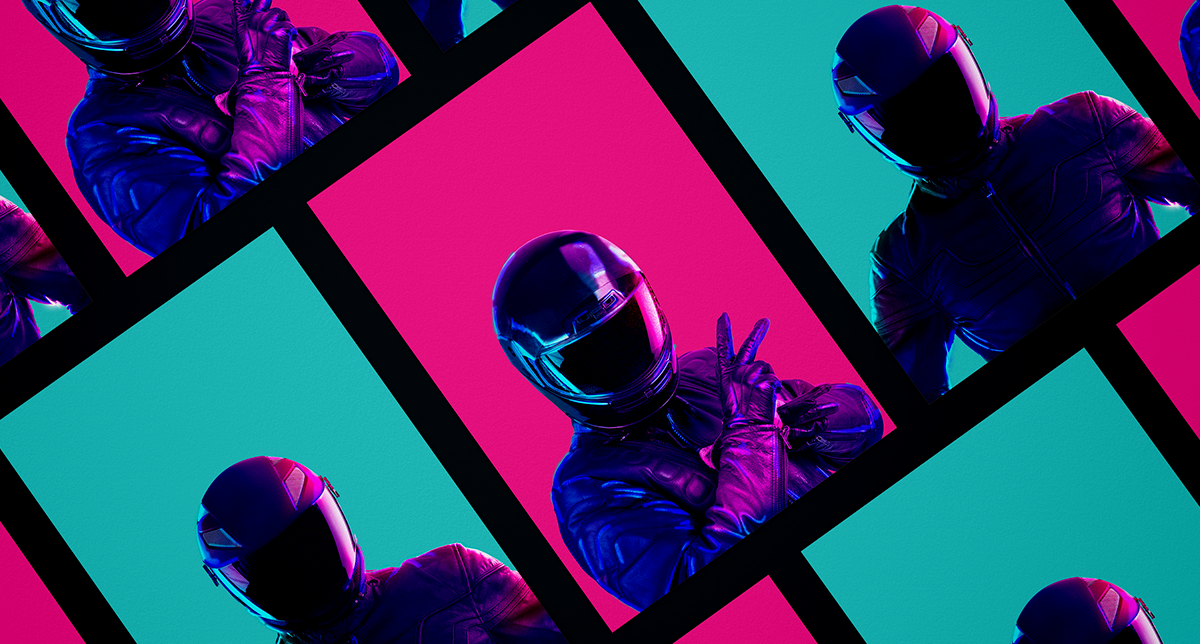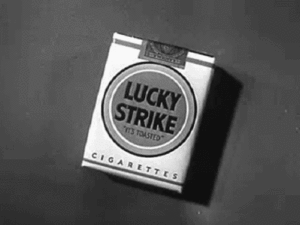The New Truth About Branding And 3 Myths Surrounding It

The story about Pandora’s box perfectly illustrates the initial meaning of the word myth; that of a traditional tale set to explain a phenomenon which is hard to understand.
The Olympian Gods gave Pandora a box containing unique gifts, or so she believed. Pandora disregarded their warning, opened the box and illnesses and hardships hidden within it gushed out.
At first, people used the myth to explain the misfortunes of the human race. But as years went by, and the rationalism movement gained momentum, the word myth obtained a different meaning; that of a commonly believed, yet false idea.
So today, the term Pandora’s box is metaphorically used to symbolize the source of troubles. The idea behind the term brand has also changed, and it’s the fluidity of the term that makes myths stick.
At first, brands were about features that made a seller’s product stand out. However, as consumerist societies evolved, brands began to be associated with the values and ideas the communities stand for.
Think about it — we often buy something because the values behind a product align with our own. Some people are not buying the famous “Russian Red” lipstick from the beauty conglomerate MAC Cosmetics over accusations of animal testing. The brand has even decided to create a dedicated section on its website to explain the company’s position on the matter.
With the concept of branding evolving as rapidly as it does, it is natural for misconceptions to be born.
Let’s explore them.
1. Branding is about tricking people into buying something
In 1917 Lucky Strike introduced a new slogan hoping to boost their sales. The tagline read, “It’s toasted” (toasting makes tobacco hold its flavor, as opposed to sun-drying).
If you think this was a ground-breaking innovation, you’d be surprised to discover that many other tobacco manufacturers were already using the very same toasting method. But Lucky Strike was the brand that grasped the opportunity and benefited from it. They even made health claims; toasting was good in removing harmful acids and caused less throat irritation.

Today, with tobacco manufacturers being restricted in promoting their products, taglines on cigarette packs read “Smoking kills” (often accompanied by rather unpleasant pictures). So how come cigarettes are still selling?
People buy cigarettes for millions of reasons. For some of them, it’s a cure to unrelieved boredom; for others, it’s a conversation starter. If I wanted to sound romantic, smoking is a ritual that gives people the essence of an imaginary community — the moment you’re inhaling the smoke, millions of people around the world are doing the exact same.
Today you don’t choose one tobacco brand over another because you think it’s less harmful to your throat. And no manufacturer can trick you into buying their product by solely relying on a loud slogan. Modern businesses are not just ruthless agencies trying to trick you into buying their brand – they know better than that.
2. Brands are products, and people only care about your product, not your branding
Well…no.
Places are brands — Paris is the city of romance, Milan is the capital of fashion, and Singapore is the financial powerhouse in Asia.
People are brands too — Michael Jackson is a brand, Madonna is a brand, and yours truly is a brand too. You can’t think of PlayAttack without visualizing the Helmet Guy.
Some brands are indeed products. But they’re not just that — a successful brand has a meaning behind it. Take Coca Cola’s statement on their website, for instance:
“Our planet matters. We act in ways to create a more sustainable and better-shared future. To make a difference in people’s lives, communities, and our planet by doing business the right way.”
Who would have thought some years ago that you can talk about saving the planet when your company sells soft drinks? But in the modern world, brands are not just products; they are also ideas and values shaped by societies. So yes, people don’t just care about your product; they care about your brand too.
You, as a business person might have zero interest in the environment. But with people becoming increasingly conscious about sustainability, you might need to consider replacing your plastic straws with recyclable ones.
3. Branding, marketing, and advertising are the same thing & there’s no return on investment (ROI) on branding
I’ll use the example of PlayAttack Affiliates to explain this one.
Branding is who we are — funny, informative, and reliable. Marketing is the process we follow to promote our brand. Creating a visual identity — our logo, the shameless use of neon, and the 80s vibe of our platform — is part of this complicated process. Finally, advertising is about the means of communication we choose to create brand awareness. At PlayAttack, we heavily rely on video to inform our affiliates on what’s new on our platform.
I get it. It might be challenging to grasp the difference. But think about it; it is not rare for companies with a robust marketing department to resort to advertising agencies to promote their product. There must be a reason, right?
This confusion behind these terms often leads businesses to forget about branding and its impact on ROI. Marketing and advertising deliver ROI, but the effect of branding on ROI is undeniable too. It’s just more difficult to calculate it.
Let’s take Nike as an example. Their brand is #1 in the sporting goods industry. It’s not a coincidence that the company has chosen to promote its products by having celebrities and professional athletes represent them. They don’t just rely on their product to sell; they rely on their brand too.
And then there’s the word of mouth which influences people in their buying decisions. According to a study by Google, TNS, and Ogilvy, word of mouth affects consumers more than print media, TV, movies, and brand websites. It’s the brand experience that people remember; if people are pre-inclined towards your brand, the likelihood of a conversion increases significantly.
Some of you might be thinking — my company has been operating for years, and we’ve been doing just fine without branding, so why invest in it now?
Businesses are evolving, which means your competition is growing. If your brand does not adjust to this new reality, you might be in trouble.
*This article was first published at Ayo.news